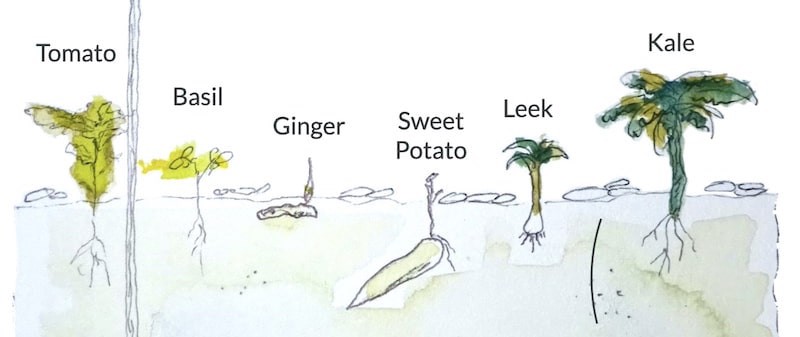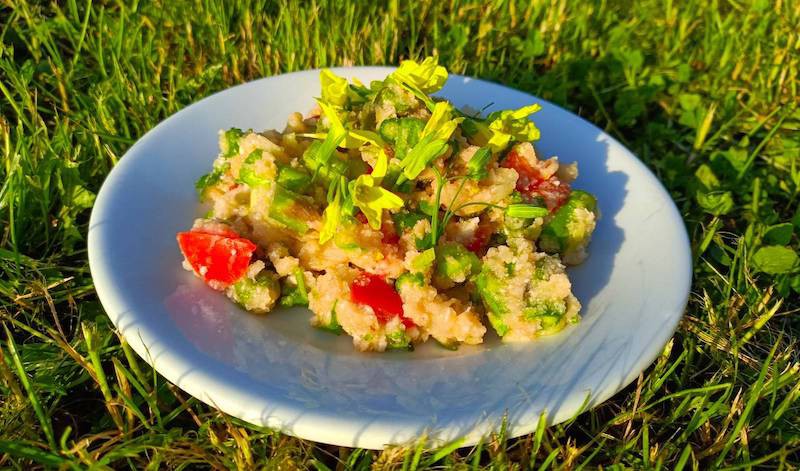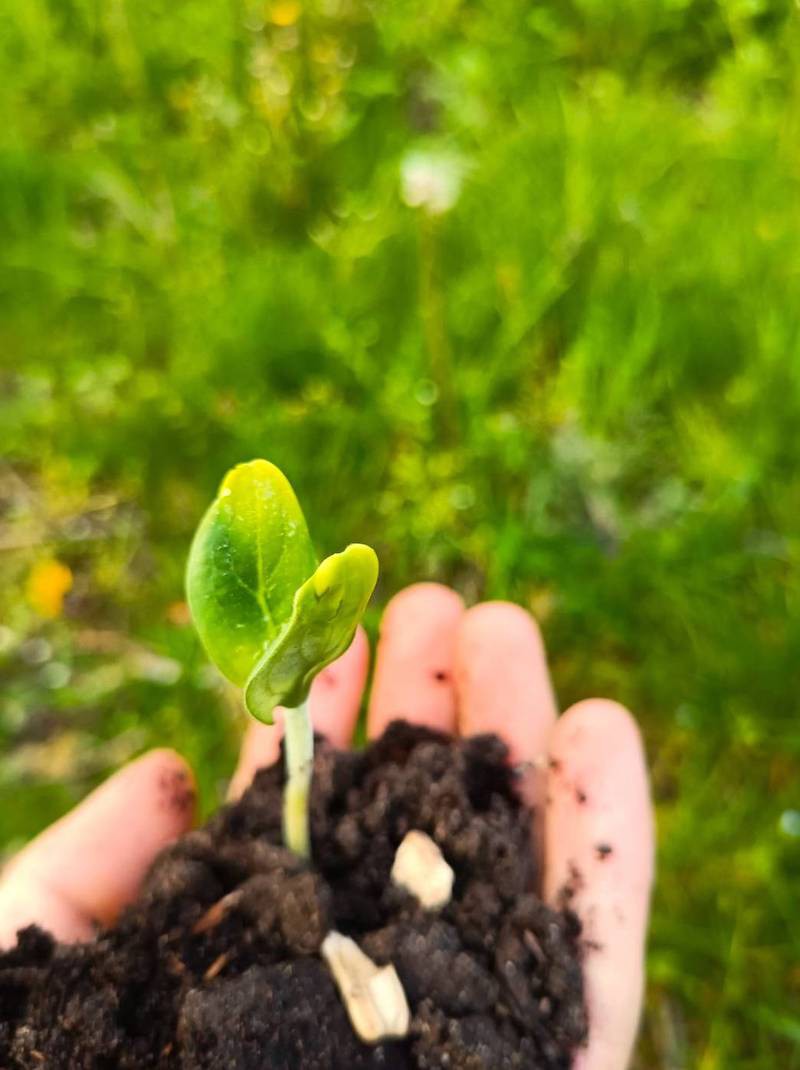A micro balcony forest garden: so many benefits from such a tiny ecosystem

This letter is the 2nd episode of my 🔭 Laboratory Logbook, a monthly newsletter where I share my explorations.
As you know, I have many ideas and projects. Most of the time, they never really get mature enough to be shared.
I launch so many experiments in parallel, that, a moment comes when I feel too overwhelmed. Or, I start to get perfectionist about one detail, my passion decreases, and I finally get attracted by another project. Or, a problem stumbles upon in my life and prevents me from continuing…
One of the most interesting habits I have been trying to implement recently is to start things “as tiny as possible”. Reducing, refining, simplifying an idea to its essence, in order to test the simpler version of it before trying to develop it further.
That is one of the reasons why I am building a tiny house! It is also why we tried to grow a small rooftop garden in Taiwan.
A few months ago, I was invited to write a series of articles for Vibre Magazine, a French online magazine.
Following this idea of making tiny things after tiny things, I proposed to write a series of 4 articles about creating a tiny food forest on a balcony. I also translated them into English to offer them here to you.
For the ones who only own a little balcony, or for the ones who like to start a food forest, it is an invitation to reduce the concept of a forest garden to its most simple version, to get the gist of it!
And, as you will see in this series, I show that, even on such a small scale, a food forest can bring so many benefits.
Table of Content
- 1. Four key principles of natural forests that we can mimic on our balcony
- 2. How and when to plant a mini vegetable forest on the balcony, take care of it and multiply the seedlings?
- 3. Observing a tiny ecosystem to better immerse into ecology, philosophy, and spirituality…
- 4. Eight potential uses of a mini balcony forest garden
- Did you like this article?
- How to follow my explorations?
1. Four key principles of natural forests that we can mimic on our balcony
In the first article of this series, I identify 4 main ecological principles that we can observe in natural forests: the intense carbon cycle, complete light capture, a diversity of plants, and continuous natural perturbations.
The importance of natural perturbations in ecosystems — like wind, fire, big herbivores… — is often overlooked. I discovered its importance when I was reading about the ecological concept of rewilding. I really like this principle, precisely because it reminds us about the very changing and dynamic nature of ecosystems and life.

Such a list of principles is always a little bit subjective. We might find some more principles. For instance, another key aspect of a forest is the ability of the trees to get water and nutrients from very deep thanks to their long roots. But we cannot reproduce this on a balcony.
Yet, as you will see in this article, we can learn a tremendous amount of things about ecology by only focusing on mimicking these four natural principles.
2. How and when to plant a mini vegetable forest on the balcony, take care of it and multiply the seedlings?
To create a small food forest, I propose to start with a series of 6 vegetables.
I chose vegetables from a diversity of botanical families, different shapes, either perennial like in a forest or easy to grow; and also easy to multiply through a variety of ways, like tubers, bulbs, cuttings, or seeds.

In this article, I share some secrets about growing these vegetables, and where to find perennial vegetables if we don’t see them in gardening stores.
One thing that I find very powerful with plants is their ability to duplicate themselves. Even if you offer me a seed, a cutting, or a tuber from a beautiful and delicious plant, you will still own this wonderful plant. Sharing a plant with someone is not losing it, it is multiplying it.
A little bit like sharing PDFs! Or like sharing love! But not in the digital or subtle world. In the physical world. Fascinating.
3. Observing a tiny ecosystem to better immerse into ecology, philosophy and spirituality…
One peculiarity of a very very small ecosystem is that it is quickly boring. Isn’t? Everything is so small, too slow, nothing really seems to happen.
This very boredom is powerful, precisely because it forces us to wait, to look carefully into details, to find some curious patterns, some unexpected movements. Something to observe!
And, by observing in such details, one starts to notice so many things, so many teachings. In a large food forest, with many plants and processes, many tasks to do, it is harder to find the time to sit and look at small things, subtle realities.
Yet, noticing these subtleties is key to entering a virtuous and endless loop toward a deeper and always renewed understanding of ecosystems.
But that is not all.
As I explain in this third article, I think that a very small food forest is also a straightforward way to dive into philosophy and spirituality. I am not joking! I really believe that observing a tiny forest garden is a perfect tool for jumping right straight to the heart of spirituality!
4. Eight potential uses of a mini balcony forest garden
With a tiny forest garden, we may not really reach complete food autonomy. And this can limit our motivation to start. After all, what’s the point of going to all that trouble if I am only going to harvest 3 cherry tomatoes and 5 kale flowers?

Yet, there are several other potential uses that we may not always think of!
In a tiny forest garden, we can grow medicine. We can choose plants and organize them so that they help create a cooler microclimate on our balcony. Instead of food, we can choose to focus on beautiful plants and flowers that offer beauty to the neighbors and support urban insect wildlife. We can start to explore craft-making by growing our own objects!
And more things that I list in this fourth article…
Cheers ;)
Lénaïc
Did you like this article?
Great! Then you may also like to read my project of an experimental forest garden.
